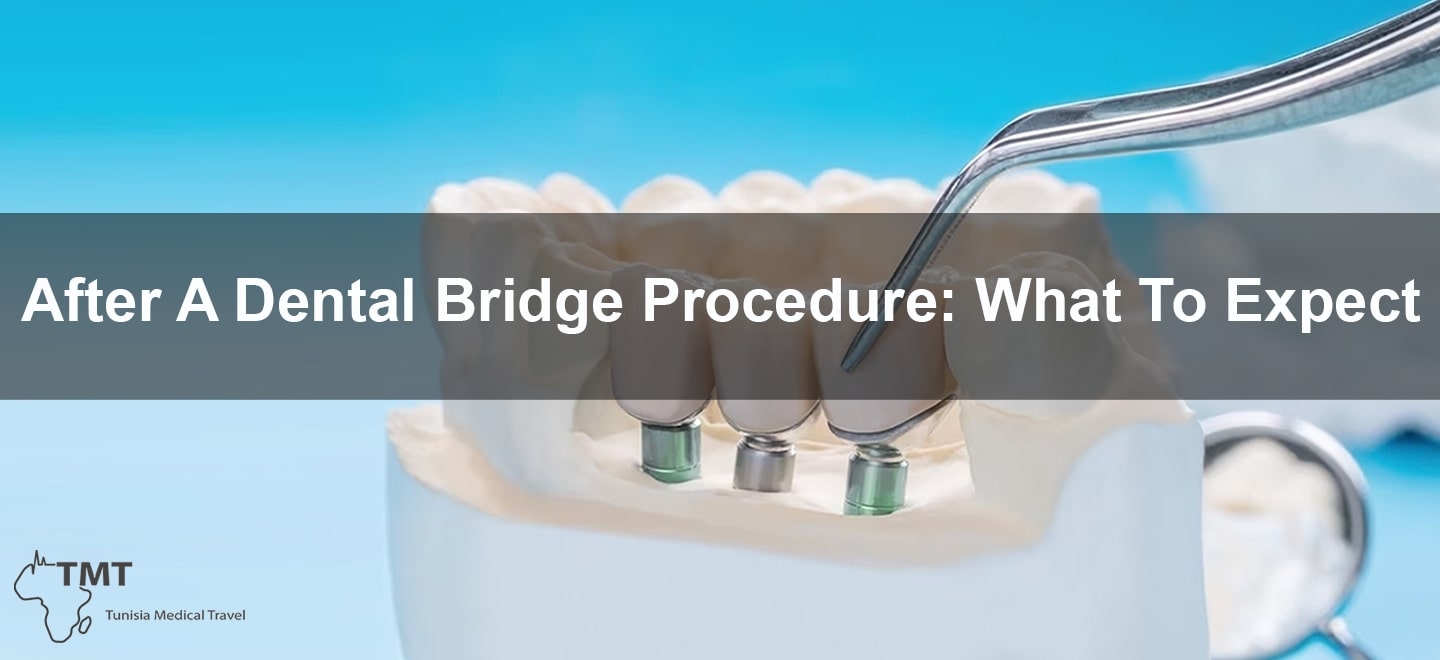After A Dental Bridge Procedure: What To Expect
After A Dental Bridge Procedure: What To Expect
Dental bridges are common dental solutions for individuals dealing with missing teeth. Understanding the procedure, its nuances, and what to expect afterwards is crucial for anyone contemplating this dental intervention. In this comprehensive guide, we will delve into the intricacies of dental bridges.
What Is a Dental Bridge?
A dental bridge is a fixed prosthetic device used to replace missing teeth by joining an artificial tooth permanently to adjacent teeth or dental implants. This helps restore your smile, improve chewing ability, and maintain facial shape by preventing remaining teeth from drifting out of position.
How do Dental Bridges Work?
Understanding how dental bridges work involves grasping the concept of anchoring. Dental bridges consist of two crowns on either side of the gap (abutment teeth) and a false tooth/teeth in between (pontics). The abutment teeth are prepared to receive crowns, which are connected to the pontics, effectively ‘bridging’ the gap and creating a natural-looking replacement for the missing tooth.
What Is the Dental Bridge Procedure?
The dental bridge procedure is a common and effective way to replace missing teeth. It involves several steps to ensure a secure and natural-looking result.
Let talk to the Dental Bridge Procedure Step by Step:
First, your dentist will examine your oral health to determine if you’re a suitable candidate for a dental bridge. If you are, the procedure typically begins with the preparation of the adjacent teeth, which will support the bridge.During this phase, the dentist may use local anesthesia to numb the area, ensuring you are comfortable throughout the procedure. The next step involves reshaping the adjacent teeth, creating a supportive structure for the bridge. Impressions of your teeth are then taken, which serve as a model for the dental laboratory to craft your custom bridge.
Once the bridge is ready, your dentist will carefully fit and adjust it to ensure a perfect fit. The bridge is then bonded to the prepared teeth using strong dental cement, creating a stable and durable restoration. After the procedure, you might experience some discomfort or mild pain, which can usually be managed with over-the-counter pain relievers.
How Do I Adjust to My New Dental Bridge?
Adjusting to a new dental bridge involves understanding the recovery process and adapting to the changes in your oral hygiene routine. How long does it take for dental bridge to settle? This is a common question patients have after the operation. The settling period can vary from person to person, but generally, it takes a few weeks for most patients to adjust fully. During this time, you might experience slight discomfort or sensitivity, but these symptoms usually subside as your mouth gets used to the new bridge.
How Do I Care for My Dental Bridge?
Proper care is paramount to ensure the longevity of your dental bridge. To maintain excellent oral hygiene, it is crucial to brush your teeth and bridge twice a day using a soft-bristled brush and fluoride toothpaste. Additionally, use floss threaders or interdental brushes to clean beneath the bridge, as regular floss may not effectively reach these areas. Regular dental check-ups are essential to monitor the bridge’s condition and address any issues promptly. Alongside oral hygiene practices, be mindful of your dietary choices by avoiding sticky or hard foods that could potentially damage the bridge. Instead, opt for a balanced diet that promotes overall oral health. By following these guidelines diligently, you can ensure the optimal health and durability of your dental bridge.
Can a Dental Bridge Be Removed and Recemented?
One of the most common queries after a dental bridge procedure is whether it can be removed and recemented. Bridge dental work involves a meticulous process where a false tooth is anchored between two crowns to fill the gap left by a missing tooth. This permanent solution is crafted with durability in mind. However, unforeseen circumstances may require adjustments. Can a dental bridge be removed and recemented? Yes, it is possible, but it should be done by a professional dentist experienced in bridge dental care.
Dentists and Dental Bridge Services
In both the United Kingdom and Canada, you can find a wealth of dentists and dental care facilities that offer dental bridge services. Whether you’re in Newbridge, the Bridge of Don, or any other location, it’s important to choose a qualified and experienced dentist to ensure the success of your dental bridge procedure.
Dental bridges are a valuable solution for individuals dealing with missing teeth. Understanding the dental bridge procedure, benefits, and proper care is essential for maintaining a healthy and confident smile. Whether you’re in the United Kingdom or Canada, dental bridges can significantly enhance your oral health and overall quality of life. If you have further questions about dental bridges, feel free to consult with a local dentist to get personalized advice and assistance.
Before and After Front Dental Bridge
Witnessing the remarkable changes in one’s smile before and after front dental bridge installation is truly awe-inspiring. Not only does it restore confidence, but it also significantly enhances oral functionality. Patients often express newfound joy in activities such as eating, speaking, and smiling without hesitation.

